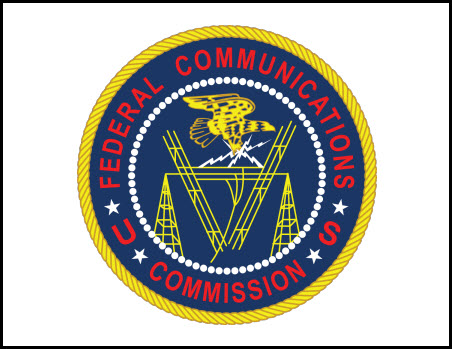Smaller Telecoms Get Shot at Stand-Alone Broadband Subsidy

The FCC is putting the pedal to the metal in its migration of the Universal Service Fund's advanced telecommunications subsidies to broadband in rural and other hard-to-reach places, as well as to customers who need government help to pay for it.
The day before a planned vote to reform the Lifeline low-income USF subsidy, primarily by migrating it to broadband, the FCC voted to reform USF support for rate-of-return carriers--smaller and midsized telecoms--including by supporting stand-alone broadband subsidies in high-cost areas, as it is for low-income households in the Lifeline reform.
The reforms of the high-cost, rate-of-return carrier subsidies include a $2 billion budget and cutting the rate of return. The FCC has already reformed the USF subsidy
Related: Sources—FCC Strikes Lifeline Compromise
In addition to adopting a host of changes (below), the FCC also sought comment on way to prevent carriers from billing USF for things like arwork or corporate jets, and on ways to increase broadband deployment on tribal lands.
The key reforms, according to the FCC, were in three areas: 1) modernizing the fund for rate-of-return carriers, 2) providing two "paths" the Connect America (broadband) funds that were first made available to the larger, price cap, carriers, and increasing "fiscal responsibility.'
In the first category, in addition to including support for stand-alone broadband--broadband had been supported only in a bundle with voice--the FCC will encourage investment by giving greater capital expenditure allowances for carriers with below average deployment and limiting it for those with above average deployment. It will target funds to areas without broadband competition and base broadband deployment on number of locations without service, the cost of providing that service, the support to be received.
The smarter way to stay on top of the multichannel video marketplace. Sign up below.
The two paths to Connect America Funds are 1) voluntarily transitioning from legacy rate-of-return support to model-based support or 2) stand-alone broadband through the Connect America FUnd Broadband Loop support.
To boost fiscal responsibility, the FC is phasing down the allowable rate of return from 11.25% to 9.75%. It also limits operational and capital expenditures, with a budget of $2 billion.
"Since the FCC’s universal service reforms of 2011, rate-of-return carriers have made substantial progress expanding broadband deployment, expanding their reach by 45%," the FCC said. "But roughly 20 percent of all homes in rate-of-return areas still lack access to terrestrial fixed broadband meeting the FCC’s benchmarks for the high-cost program.
Efficient, effective universal service support is critical to the expansion of affordable broadband in high-cost rate-of-return areas that currently lack service."
Commissioner Ajit Pai dissented in part from the decision, citing the 10 Mbps standard for covered service, an issue he has with the Lifeline reform given that the FCC has set 26 Mbps as its aspirational benchmark definition of high-speed broadband. He did recognize that the FCC did make 25 Mbps an aspirational goal of sorts in the item, but only by way of taking aim at that as well.
"To be fair, the 10 Mbps standard is not the only one used," said Pai. "The Order does promise that in lower-cost areas (i.e., those “fully funded” by the model) where the rate-of-return carrier elects model-based support, a group of rural consumers (no more than 75%) will receive 25 Mbps broadband—by 2026. In other words, a decade from now a subset of a subset of a subset of rural consumers will get access to the broadband speeds that 96% of urban Americans can purchase today. That’s unacceptable."
Commissioner Jessica Rosenworcel supported the item, but did comment on its complexity. "I worry that this complexity can deny carriers dependent on the universal service system the certainty they need to confidently invest in their network infrastructure," she said, though she called it a "step forward."
Contributing editor John Eggerton has been an editor and/or writer on media regulation, legislation and policy for over four decades, including covering the FCC, FTC, Congress, the major media trade associations, and the federal courts. In addition to Multichannel News and Broadcasting + Cable, his work has appeared in Radio World, TV Technology, TV Fax, This Week in Consumer Electronics, Variety and the Encyclopedia Britannica.

